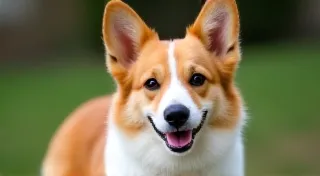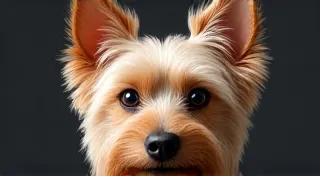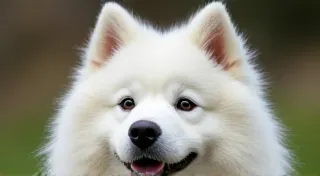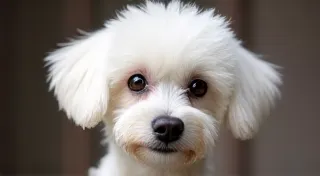Corgi Grooming: Dealing with Shedding and Maintaining Their Coat
Corgis, with their adorable stubby legs and expressive faces, are beloved companions. But their charming appearance comes with a grooming challenge: significant shedding! These fluffy friends require consistent effort to manage their coat and keep them looking their best. This guide covers everything you need to know about Corgi grooming, from tackling that infamous shedding to maintaining their distinctive look.
Understanding the Corgi Coat
Corgis boast a double coat, a characteristic shared by many Nordic breeds. This means they have a soft, dense undercoat for insulation and a longer, coarser outer coat for protection. The undercoat sheds seasonally (typically spring and fall) but can shed year-round, leading to a significant amount of hair around your home. Understanding this double-layered structure is crucial for effective grooming.
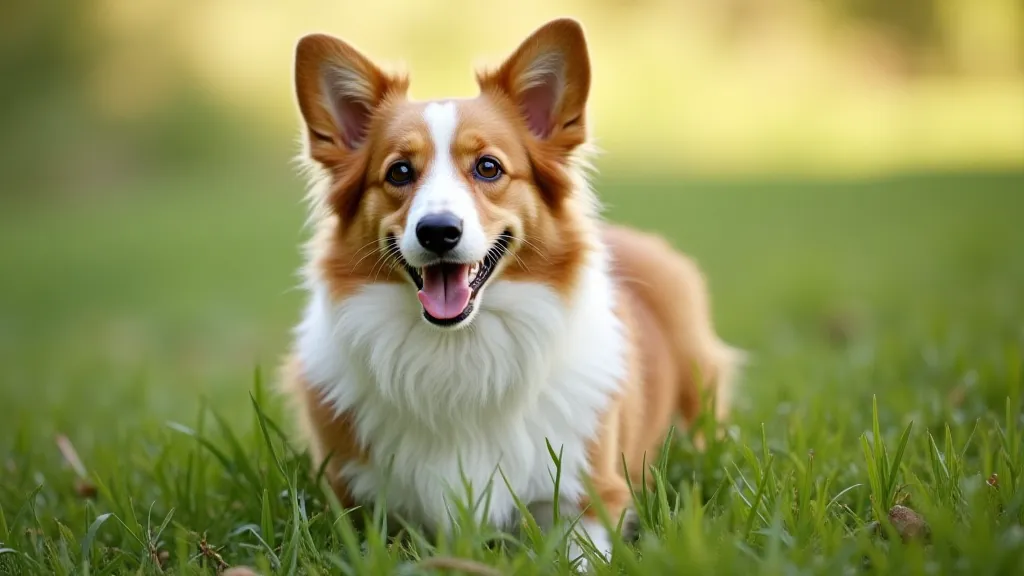
Dealing with Shedding: The Core of Corgi Grooming
Let’s be honest – Corgis shed. A lot. Here’s how to manage it:
- Regular Brushing (Essential): This is your most powerful weapon against shedding. Aim to brush your Corgi at least two to three times a week. During shedding season, daily brushing is even better.
- Undercoat Rake: A specialized undercoat rake is essential. These tools are designed to reach and remove loose hair from the undercoat without damaging the topcoat. Be gentle and work in the direction of hair growth.
- Slicker Brush: Follow up with a slicker brush to remove any remaining loose hair and detangle the outer coat.
- De-Shedding Tools: There are various de-shedding tools available (like the Furminator). These can be very effective, but use them cautiously and follow the manufacturer's instructions. Overuse can irritate the skin.
Maintaining a Healthy Coat
Beyond shedding control, keeping the coat healthy is vital.
- Bathing (Sparingly): Corgis don't need frequent baths. Over-bathing can strip the coat of natural oils, leading to dryness and increased shedding. Aim for a bath every 2-3 months, or when they’ve gotten particularly dirty. Use a dog-specific shampoo and conditioner.
- Conditioning: A good conditioner can help moisturize the coat, especially during drier months.
- Diet: A high-quality diet rich in omega-3 fatty acids contributes to a healthy, shiny coat. Consider supplementing with fish oil if your dog’s food isn’t providing enough.
Corgi Grooming: Specific Areas
Here’s what to focus on for other key areas:
Ears
Corgis are prone to ear infections. Regular ear cleaning is important. Lift the ear flap and gently clean the visible area with a dog-specific ear cleaning solution. Don't probe deep into the ear canal.
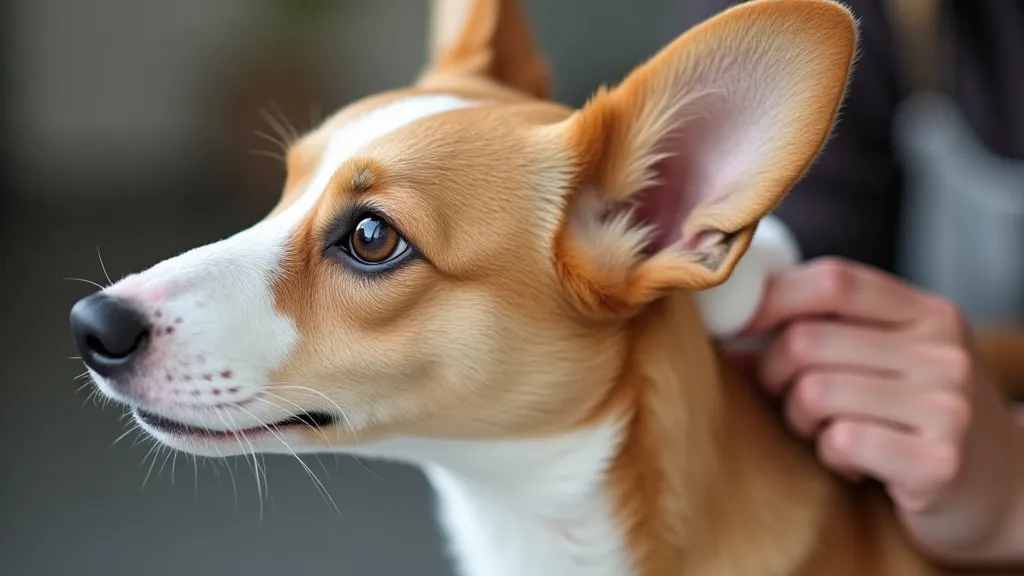
Nails
Keep nails trimmed to prevent discomfort and potential problems. If you’re uncomfortable clipping nails yourself, have a professional groomer or veterinarian do it.
Trimming & Styling
While Corgis don’t typically require extensive haircuts, you can trim the hair around their paws and sanitary areas to keep them clean. Some owners opt for “teddy bear” trims, but be sure to find a groomer experienced with Corgi styling.
Professional Grooming
Even with regular home grooming, professional grooming every 6-8 weeks can be beneficial. A professional groomer can provide a thorough cleaning, trim problem areas, and provide valuable insights into your Corgi’s specific grooming needs.
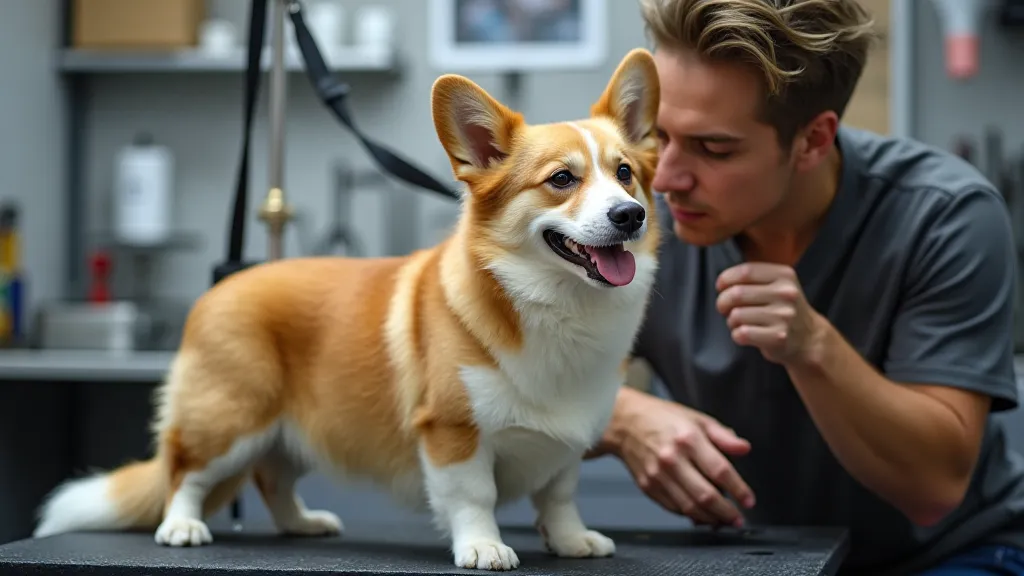
Conclusion
Corgi grooming can seem daunting, but with a consistent routine and the right tools, you can manage their shedding, maintain a healthy coat, and keep them looking their adorable best. Remember, regular grooming isn’t just about aesthetics – it’s an important part of your Corgi’s overall health and well-being.
